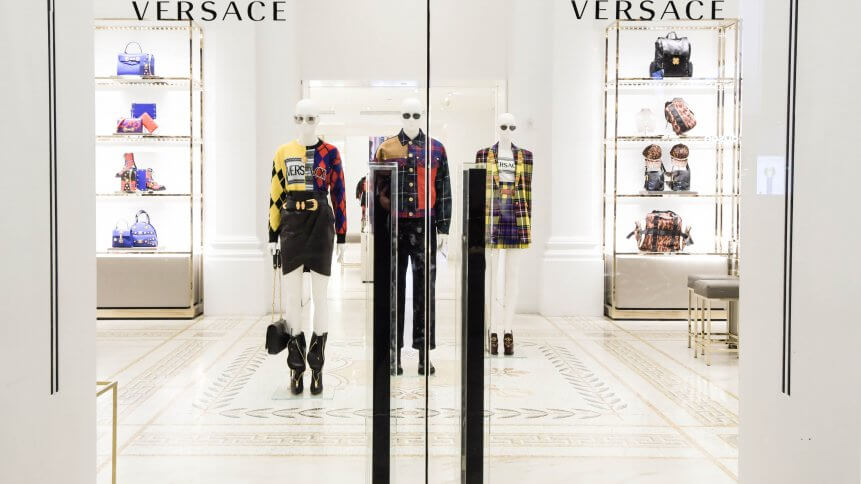Luxury retailers must seize new global omnichannel opportunities

This brave new world— driven by a year-round succession of blockbuster shopping festivals such as Eid, Chinese New Year and Diwali— demands a step-change in the way production, retail and distribution are managed across the luxury retail industry, argues Luca Tonello, Director at Dedagroup Stealth.
For many, this high tempo of operations and an unprecedented level of complexity can present a seemingly insurmountable challenge, but the reality remains that brands and retailers will only make the most of the huge global opportunities offered by eternal peak trading, and expand profitably if they are equipped with a new set of omnichannel tools.
Harnessing data is critical to success
Those capable of creating a digitized central pool of business information will be able to optimize visibility and manage their systems in real-time across multiple regional supply chains globally. This is a critical step towards streamlining business flows, improving business opportunities and speed to market in multiple regions globally.
The complexity of multiple trans-national value chains makes it imperative that brands and retailers can access a single view of the truth if they are to successfully optimize their operations across all their channels.
To maximize efficiency and profit margins, this view must be in real-time and include the complete global value chain covering stock, customer and order with all functions integrated, including production, logistics and retail functions such as merchandising and promotions.
Those companies who invest wisely could gain a significant competitive advantage over their peers who fail to embrace omnichannel digital transformation.
Agility to respond to market trends
A single view of the truth also gives brands and retailers the real-time insight to react with speed and agility to changing market trends, customer behavior and increasing cost pressures.
This approach liberates brands and retailers to seize new opportunities wherever in the world they arise— China’s Singles Day, Ramadan, Diwali or Les Soldes d’Hiver in France— and on whatever channel.
YOU MIGHT LIKE

Porsche Digital: Making CX as ‘outstanding’ as its cars
The reaction of luxury retailers to Singles Day 2018 is a great example of this. Burberry, for example, released a limited number of wool scarves with its signature logo (priced at $661) ahead of the sales festival on its Tmall flagship store.
All items were sold out on the first day of the pre-order period. Versace, meanwhile, released a special hoodie with its signature tiger head (priced at $402) on Tmall. Moschino and Tiffany also collaborated with Alibaba’s Tmall to target Chinese luxury shoppers for the first time this year.
Global challenges need global solutions
In the new era of eternal peak trading, brands and retailers still need to pursue the conventional goals of knowing their customers and ensuring the right products are in the right place at the right time.
But the sheer extent of global commerce and the pressure placed on systems by eternal peak trading mean that any inefficiencies are amplified exponentially, with a similar negative impact on profit margins.
To optimize operations, unlock real omnichannel value, capitalize on the new era of eternal peak sales and expand globally, brands and retailers need a holistic way of managing and making sense of this complex picture— digitally and in real-time while also solving the cultural, linguistic, regulatory and logistical challenges presented by international expansion.








